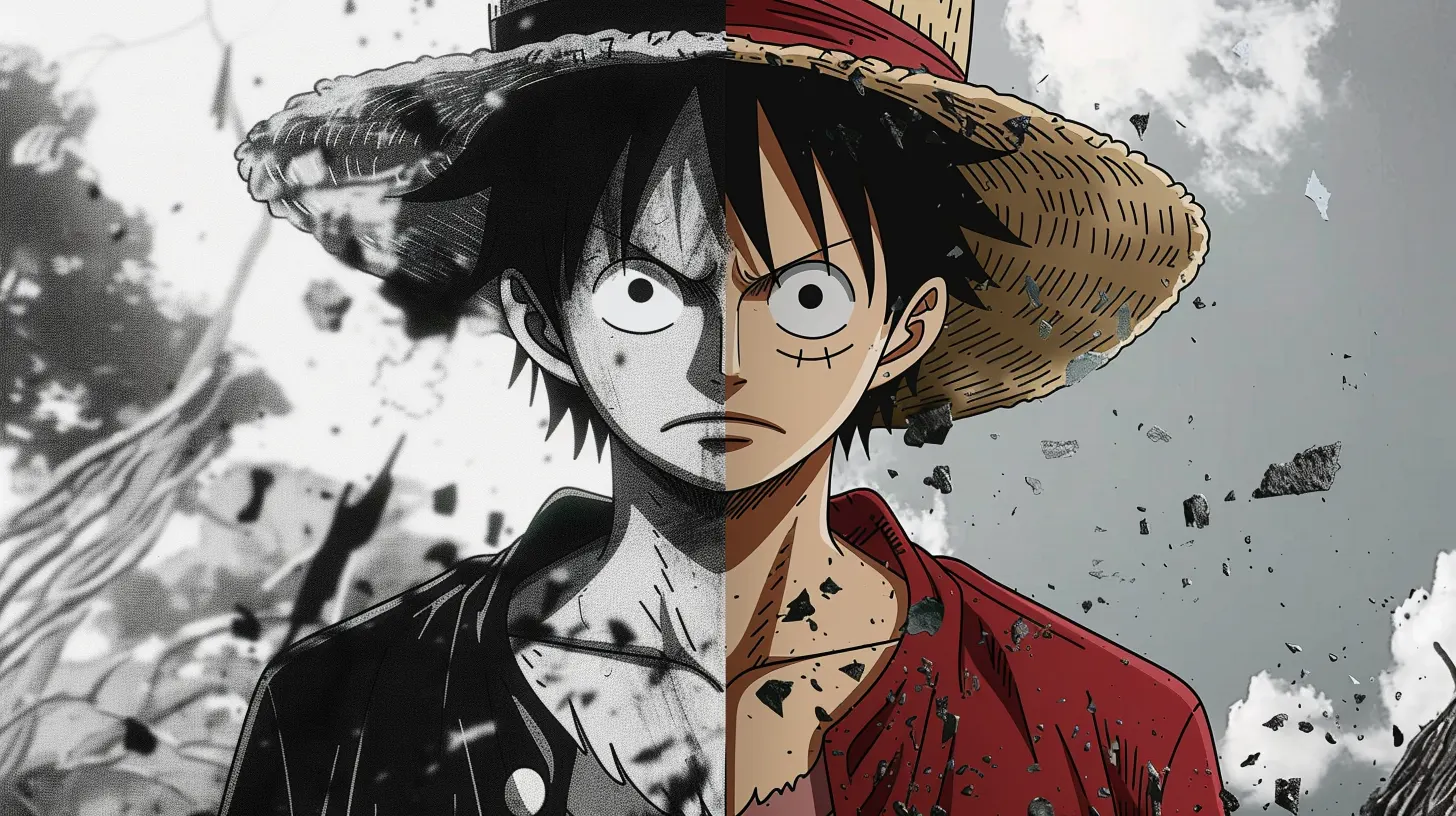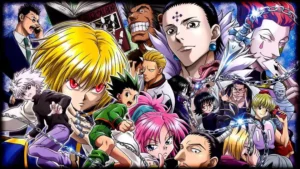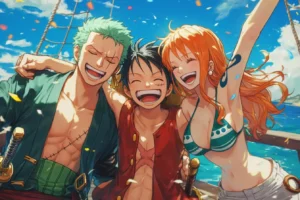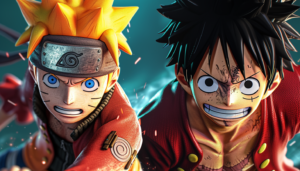Key Takeaway
- One Piece manga offers detailed storytelling; the anime offers vivid visuals and sound.
- Read One Piece Online free chapters on VIZ Media’s Shonen Jump and Manga Plus.
- The One Piece Film: Z, Gold, and Stampede align with the manga’s canon.
- The One Piece Treasure ppearance and true essence are still shrouded in mystery.
- Eiichiro Oda has hinted at One Piece ending within the next five years.
- You can stream One Piece anime on Crunchyroll, Funimation, and Netflix.
Embarking on the exploration of the vast and expansive world of One Piece is like setting sail on an adventure without end—a narrative brimming with boundless treasures, unforgettable characters, and a legacy that has rooted itself deeply within the fabric of anime and manga culture. As a longtime fan and avid follower of both the manga and the anime, I’ve experienced first-hand the compelling differences and the shared magic they offer. Today, I’m here to share my journey with you, comparing the One Piece manga vs anime, navigating through its seas, and uncovering what makes each version a treasure in its own right.
Historical Background: A Bounty of Beginnings
One Piece was born from the extraordinary mind of Eiichiro Oda, a manga maestro with a penchant for crafting intricate worlds and even more intricate plotlines. Serialized in the iconic pages of Shonen Jump since 1997, the manga delves into the seafaring adventures of Luffy and the Straw Hat Pirates as they traverse the treacherous Grand Line in search of the legendary One Piece treasure.
The manga’s spectacular rise to fame swiftly cast a wide net, captivating readers across the globe. As its chapters unfurled, the narrative complexities, well-defined character arcs, and Oda’s unique artistic style set the stage for an enduring legacy. Not long after, Toei Animation heeded the call of the masses, adapting One Piece into an anime series in 1999, cementing the saga’s multi-media identity.
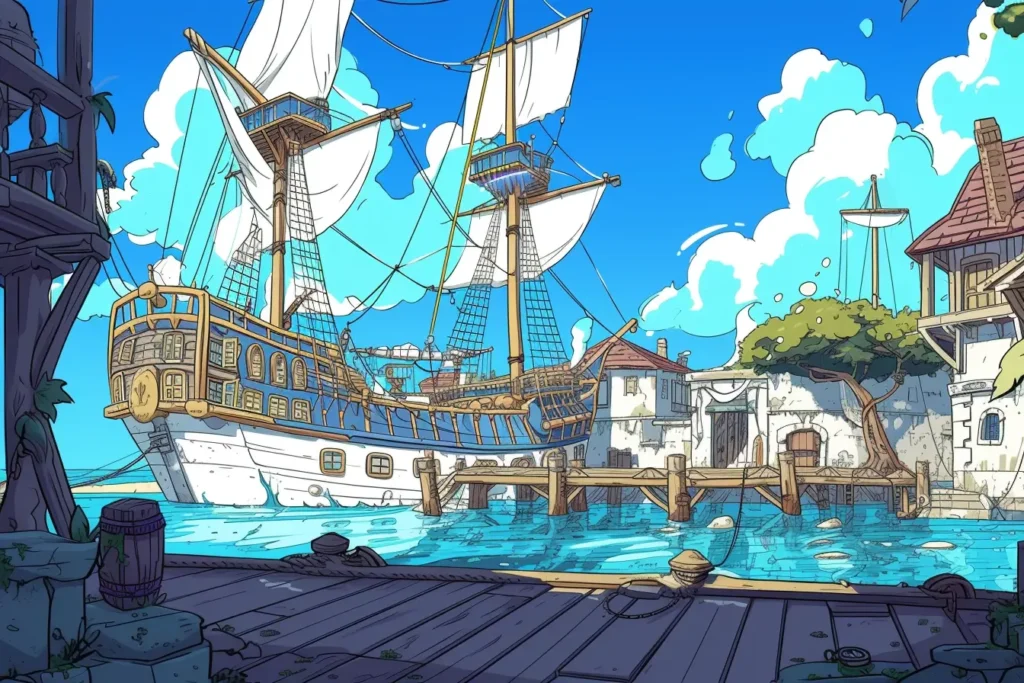
Comparison of Storytelling: Pacing the High Seas
The comparison between One Piece’s anime and manga often centers around pacing. The serialized nature of the manga allowed Oda the flexibility to weave an intricate complexity of story arcs that are both self-contained and part of a larger, overarching narrative. The essence of the manga is the depth in which it delves into character backstories, world-building, and the ability to pivot quickly between humor and heart-wrenching drama.
In contrast, the anime takes us on a slightly different journey. Its adaptation includes moments that stretch beyond the manga, creating debates among fans about filler episodes and their place within the One Piece universe. This brings up an interesting discussion—are One Piece movies canon? Some films and special episodes, while not directly from the manga, offer interesting side stories developed under Oda’s oversight, highlighting the collaborative spirit between manga and anime narratives.
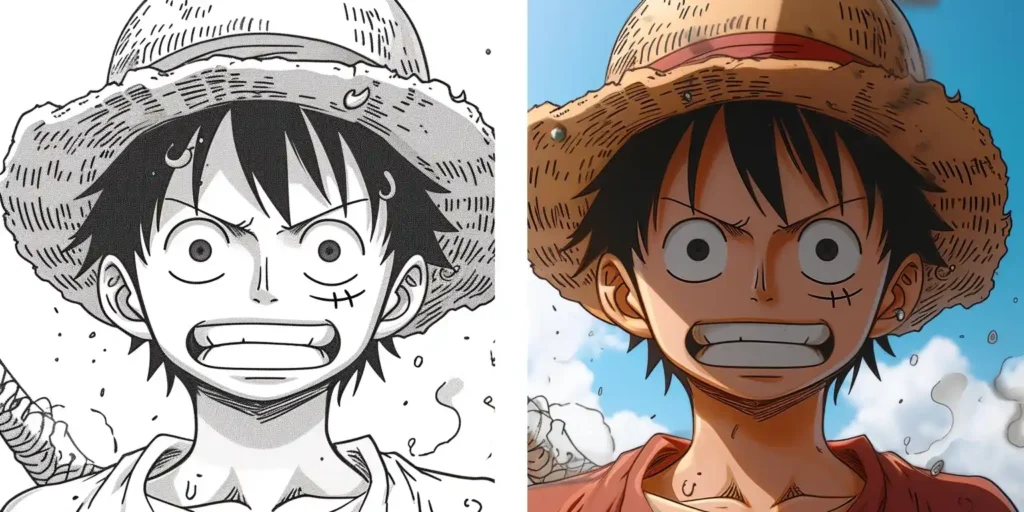
Art and Animation: Charting a Visual Course
In the realm of visuals, the One Piece manga and anime each hold their distinct charm. The manga is a genuine gallery, where Oda’s unique art style breathes life into the characters and their surroundings. Quirky character designs and expressive illustrations allow for a deeper connection with the story’s emotional beats.
In contrast, the anime boasts an animation spectrum that has witnessed evolution through the series’ two-decade run. From its early days with more rudimentary animation, to the present where it flaunts high-definition splendor, the anime grants fans an interactive vision of Oda’s creation, complete with voice acting and a spirited soundtrack. However, the long run does lead to occasional drops in animation quality, especially in non-canonical content.
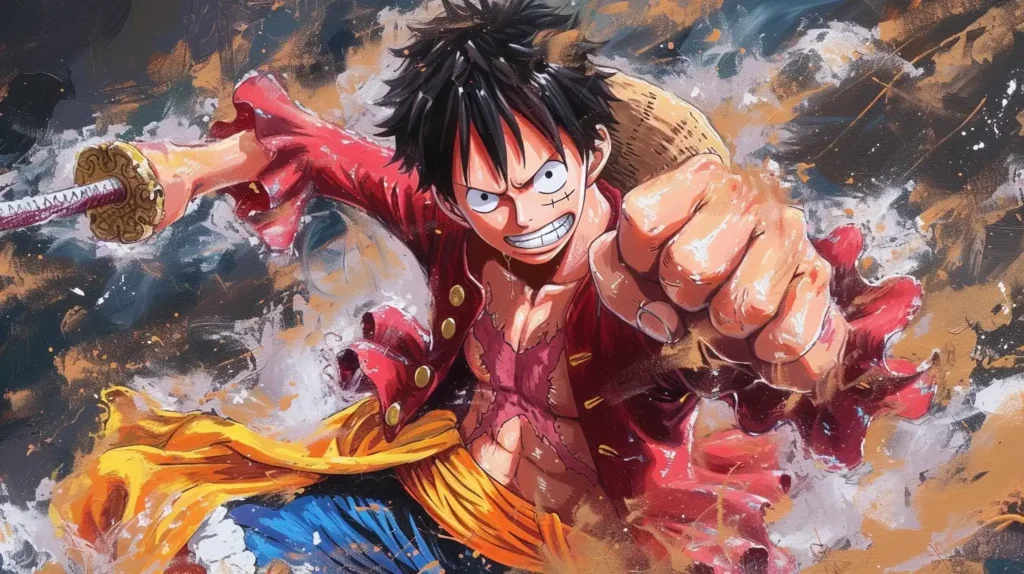
Character Development: Portrayals in Cinematic and Inked Frames
Character development in One Piece is akin to a fine wine—it improves with time, creating a vibrant ensemble. In the manga, Oda skillfully peels back the layers of his cast, presenting their growth in a manner that is intimate and beholden to the grand scheme of the narrative. Each character is enriched through backstory and circumstance, fostering a relationship with the reader that lingers long after the pages have been turned.
The anime, through its prolonged exposure to these characters, expands upon their development in ways that sometimes outstrip the manga. Viewers are treated to nuanced performances from the voice cast, accompanied by animated interactions that convey subtleties not always expressed through ink alone. Yet this comes with the aforementioned pacing issues, which can overshadow the growth achieved.

Fandom’s Reception: A Sea of Voices
The One Piece fandom is as varied as the Grand Line itself, with devotions aplenty directed towards both the manga and anime. Social media platforms, fan forums, and real-world events serve as battlegrounds for debates on which medium does the story justice. Metrics like viewership and sales figures provide an empirical perspective, highlighting arcs or moments in each format that have struck a chord with fans worldwide.
The differences in reception often stem from individual experiences and preferences. Die-hard manga purists appreciate Oda’s original vision, while anime enthusiasts revel in the sensory engagement and shared viewing experiences that the medium offers. However, both camps find consensus in the sheer magnitude of One Piece’s narrative, which shines through regardless of adaptation.
Canonical Aspects: What Is Set in Stone
The notion of canonical storytelling within One Piece is an intriguing puzzle, given the franchise’s dual existence. The manga unequivocally serves as the bedrock of canon, with the anime, particularly filler episodes, regarded as supplementary. Yet, the anime has produced its share of canonical content, such as feature films and special arcs, meticulously crafted to mesh seamlessly with Oda’s narrative.
Translating key plot points across mediums can be a delicate dance that demands precision and respect for the source material. To its credit, the anime’s canon content has largely been well-received, providing depth and insight without altering the manga’s continuity. Navigating what is official in One Piece requires an acknowledgment of both the manga’s authority and the anime’s aligned offerings.
Accessibility and Availability: Where Wonders Await
For those seeking access to the world of One Piece, a treasure trove awaits. The manga is widely available, both in print and digital, inviting readers to embark on Luffy’s odyssey. Online platforms offer subscriptions and free chapters, making it easier than ever to stay current with the story’s publication.
For those interested in reading the manga and immersing themselves in the original storytelling of Eiichiro Oda, there are official venues to explore:
- VIZ Media’s Shonen Jump: Read the latest chapters free and unlock the archive with a $1.99/month subscription.
- Manga Plus by Shueisha: Access the latest chapters for free, with additional chapters available for purchase.
The anime, too, has carved out a significant digital footprint, with licensed streaming services hosting vast catalogs of episodes. However, there are gaps in availability, particularly when it comes to the earliest content or certain arcs that were subject to inconsistent dubbing and release schedules. The dilemma of balancing accessibility without compromising artistic integrity has left some fans adrift.
If you’re looking into the best place to stream One Piece anime, several platforms offer a variety of viewing options:
- Crunchyroll: Offers both free (ad-supported) and premium subscriptions (from $7.99/month) for the latest episodes.
- Funimation: Stream dubbed and subbed episodes with plans starting at $5.99/month.
- Netflix: A selection of episodes and arcs are available, with subscriptions beginning at $8.99/month.

The Endless Horizon: One Piece’s Lingering Legacy
As One Piece continues to chart new courses, it stands at the helm of shonen anime, inspiring subsequent generations and pushing boundaries. The series’ elongated runtime is both a testament to its endurance and a question mark that prompts conversations about its ultimate conclusion. One Piece has established a legacy that few series can match, setting a standard for world-building, character development, and thematic depth.
For now, the prospect of One Piece’s ending looms like an unseen island on the horizon, shrouded in mystery and anticipation. The question of when, and how, the series will reach its climactic port fuels the fanbase with a fervor matched only by the resolve of Luffy and his crew. As we await that destined day, the mutinous skies of debate between manga and anime rages on, engrossing all who dare to indulge in this venerable saga.
The Horizon in View: Recommendations and Personal Insights
As this comparative odyssey comes to a close, it is apparent that the journey through One Piece is greater than the sum of its manga and anime parts. The series’ strengths, be they in the intrinsic value of Oda’s art and narrative, or the visual and auditory feasts that the anime presents, demand acknowledgment and celebration.
For those setting sail for the first time, or those revisiting familiar shores, it’s worth engaging with both the manga and anime, as each offers a lens to view the tale from a different angle. The comprehensive exploration of One Piece is its own reward, enriching not only the understanding of the narrative but the sense of community and cultural exchange that the series has fostered.
Whether you’re drawn to the manga’s intricate artistry or the anime’s vibrant storytelling, One Piece invites us to embrace the journey with the same bravery and joy as Luffy and his crew.
Here’s to the adventures that await us, in the world of One Piece and beyond. May we all find our own Grand Line to explore.

